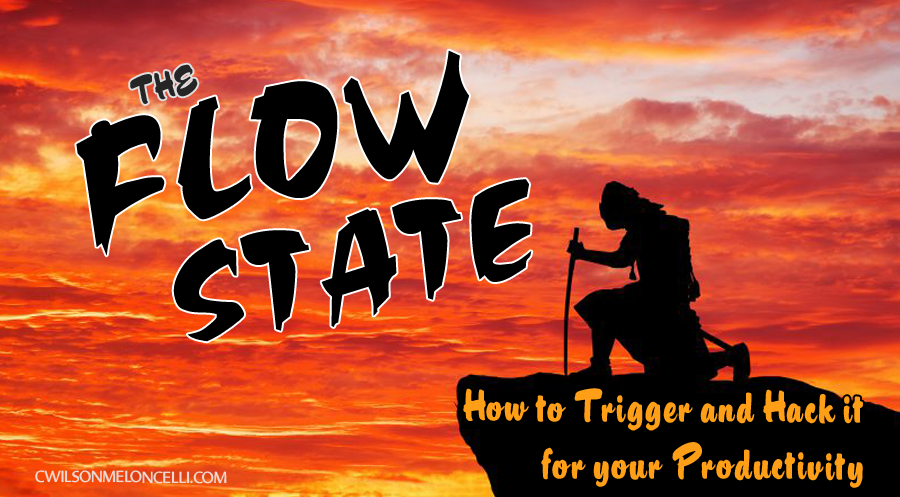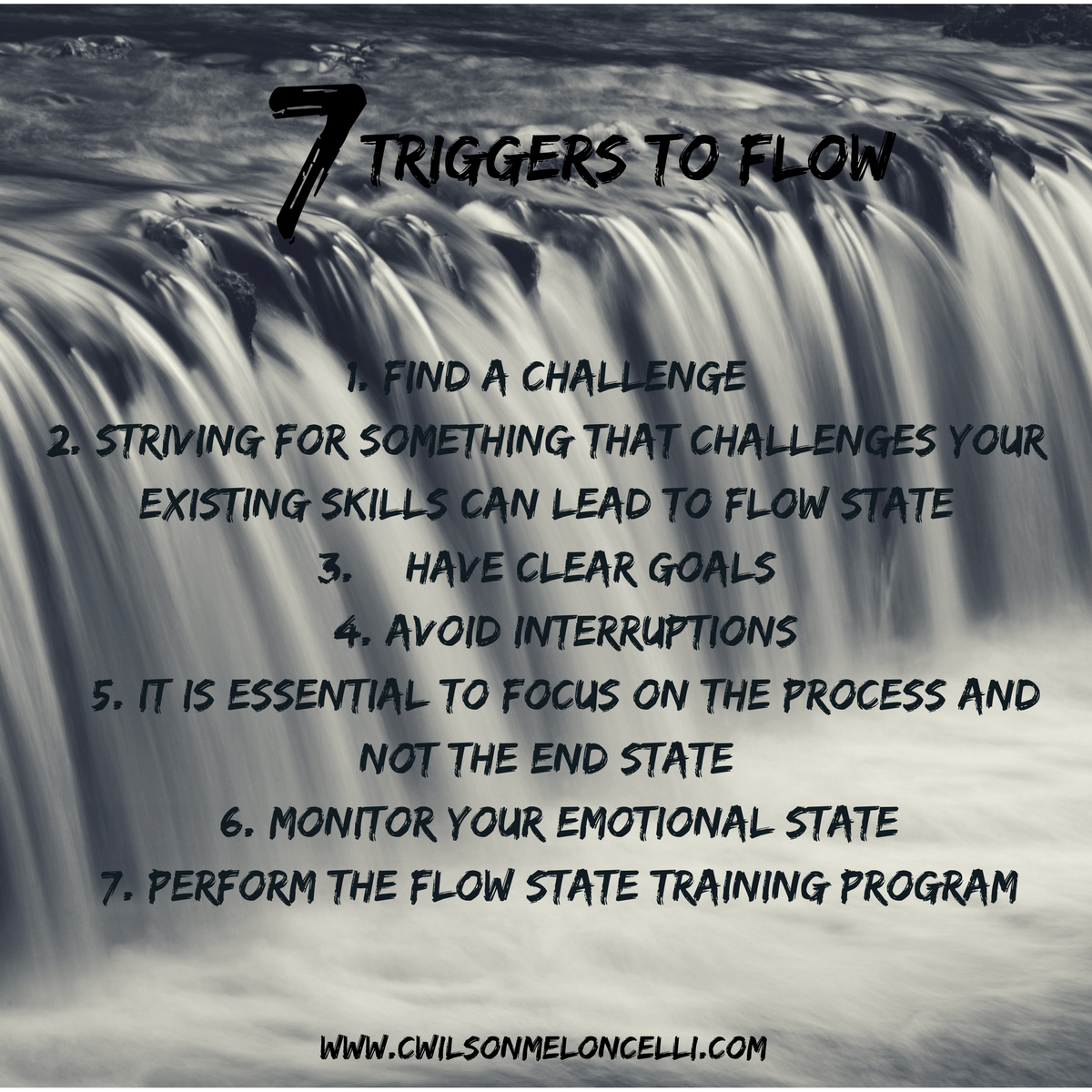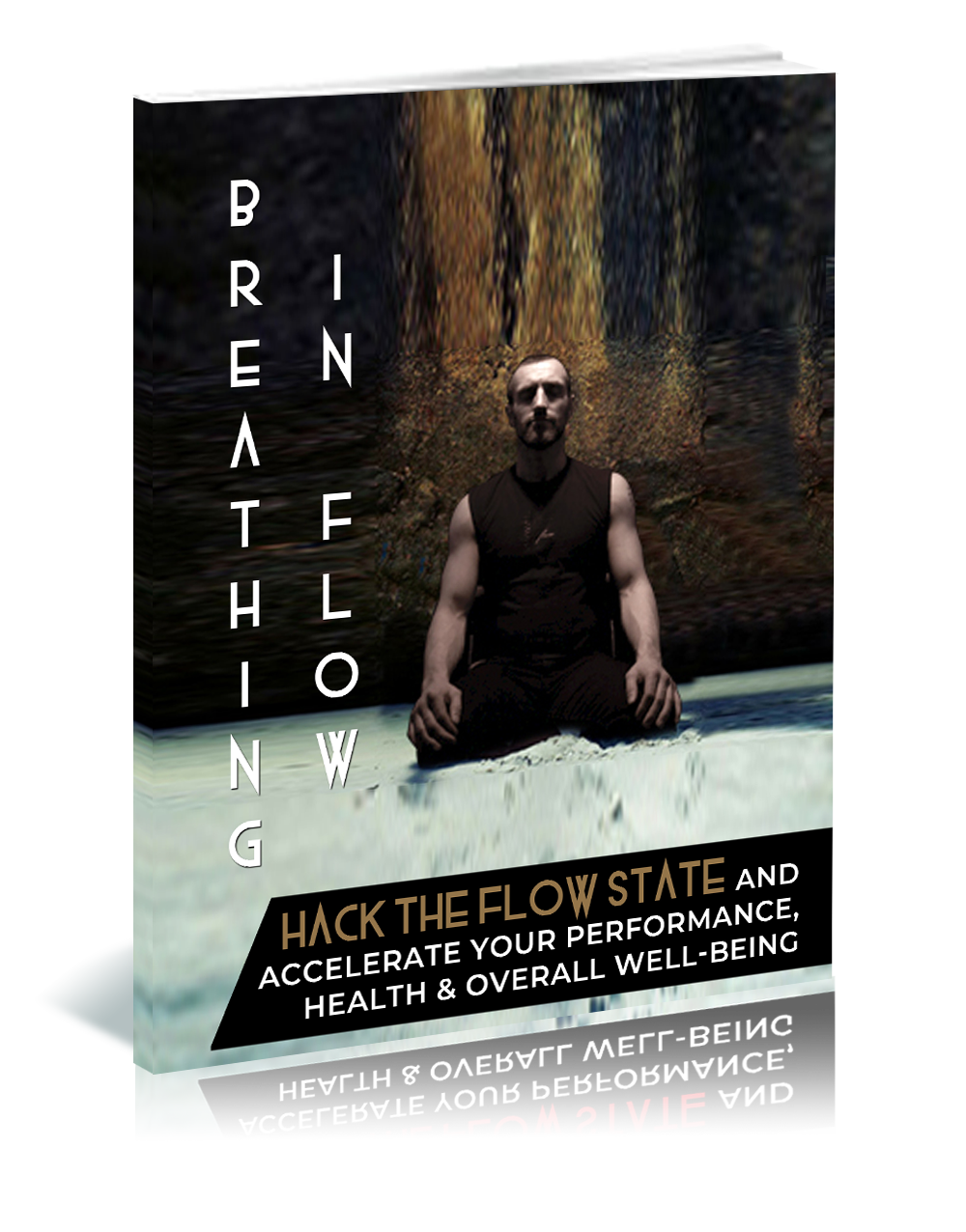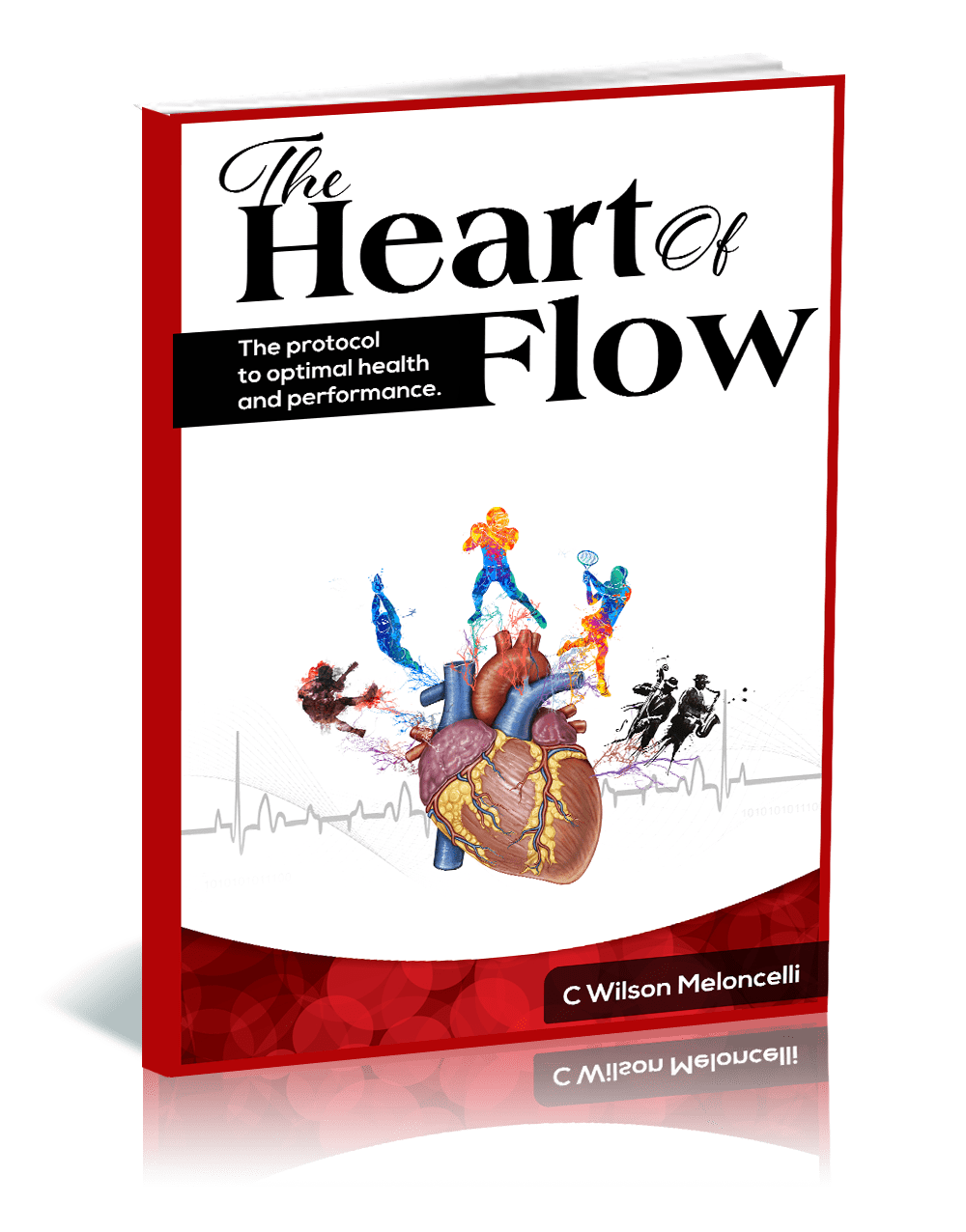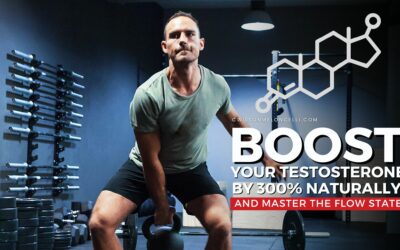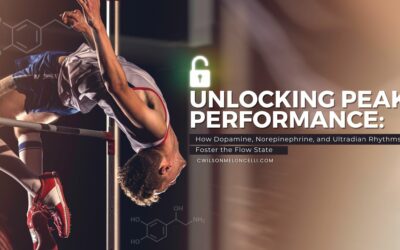“The best moments in our lives are not the passive, receptive, relaxing times… The best moments usually occur if a person’s body or mind is stretched to its limits in a voluntary effort to accomplish something difficult and worthwhile”. - Mihaly Csikszentmihalyi
You know those times when you’re playing your favorite sport with so much focus that you completely lose yourself in it. Lose yourself in the moment, so much that before you know it, the time has flown by! Or those moments you’re sitting with a coffee glued to a fascinating book and something causes you to break your concentration but then you look at the time and realized “it’s time already!”
For those of us who are free climbers. Can you imagine how it feels to climb a mountain without fear? You’re moving deliberately. Your attention is focused on the movements and angles of your body, the breathing of your lungs, and the feeling of the rocks beneath your feet. You are extremely absorbed in the task at hand, your perceptions are heightened, time seems to slow down, and no sign what’s so ever of that inner critic. You are living in the NOW.
Now you don’t need to be an extreme sports athlete to recognize when your mind and heart shift into another space. A sense of extreme happiness, connectedness, and harmony pervaded into your being. You feel in tune with the task, moving with accuracy and composure you don’t fully understand but at the same time enjoying it. You might not be aware of it, but you’re in the Zone. You’re in the Flow State.
Most people can remember experiencing such a state. In fact, about 90% can easily identify and associate it with one or more activities. They want it, they need it. Athletes call it ‘being in the zone’, others call it a ‘heightened state of consciousness. Buddhists call it ‘Mindfulness’, but I, like the new waves call it ‘The Flow State’.
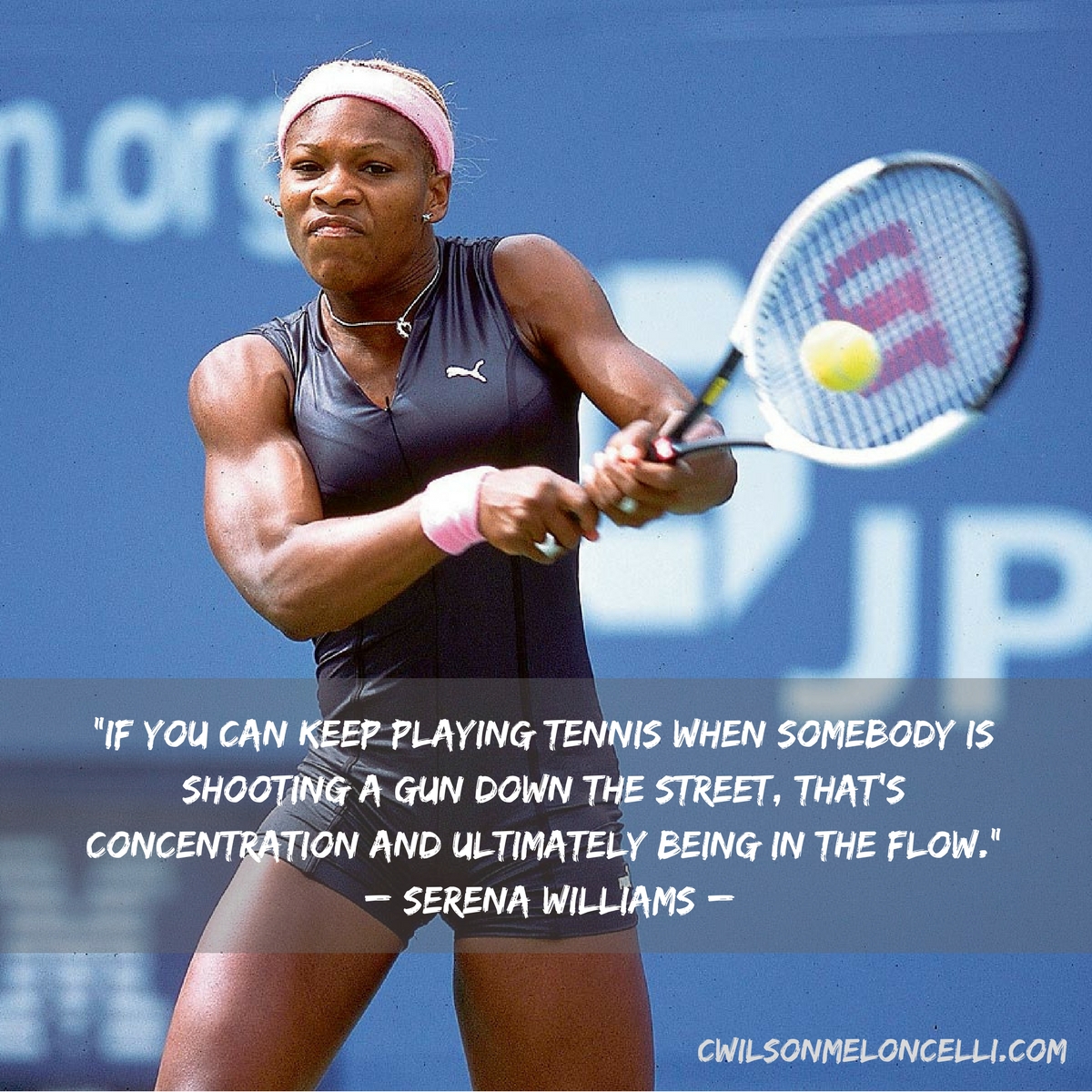
“If you can keep playing tennis when somebody is shooting a gun down the street, that’s concentration and ultimately being in the Flow.” – Serena Williams
The world-famous Hungarian psychologist, Mihaly Csikszentmihalyi was the one who actually coined the term ‘Flow State’ and mentioned it in his book “Flow: The Psychology of Happiness”. He described the mental state of flow as “being completely involved in an activity for its own sake. Time flies, the ego falls away. Every movement and thought follows inevitably from the previous one. Your whole being is involved, and you’re performing your skill to its uttermost”.
On the other hand, an American bestselling author and co-founder of Jamie Wheal from Flow Genome Project, Steven Kotler once said that “When doing what we most love converts us into the best possible version of ourselves and that version hints at even greater future potentials, the urge to explore these potentials becomes a feverish compulsion. Intrinsic motivation goes through the roof. Thus flow becomes an alternate path to mastery, without the misery.”
Studies were done on athletes in ‘the zone’ or ‘flow state’ also show that their brain waves are on the alpha-theta border, it operates similarly to the brain waves of those in meditation.
We can experience the Flow State in whatever activity we are in. Some might enter the Flow State while engaging in a sport such as Skiing, Surfing, Basketball, Martial Arts, Dancing, or Running. Others might have such an experience while writing, singing, or at a business meeting.
“I kind of entered a Flow State. I’ve been there before while climbing. You are not thinking ahead. You are just thinking about what is in front of you each second.” - Aron Ralston
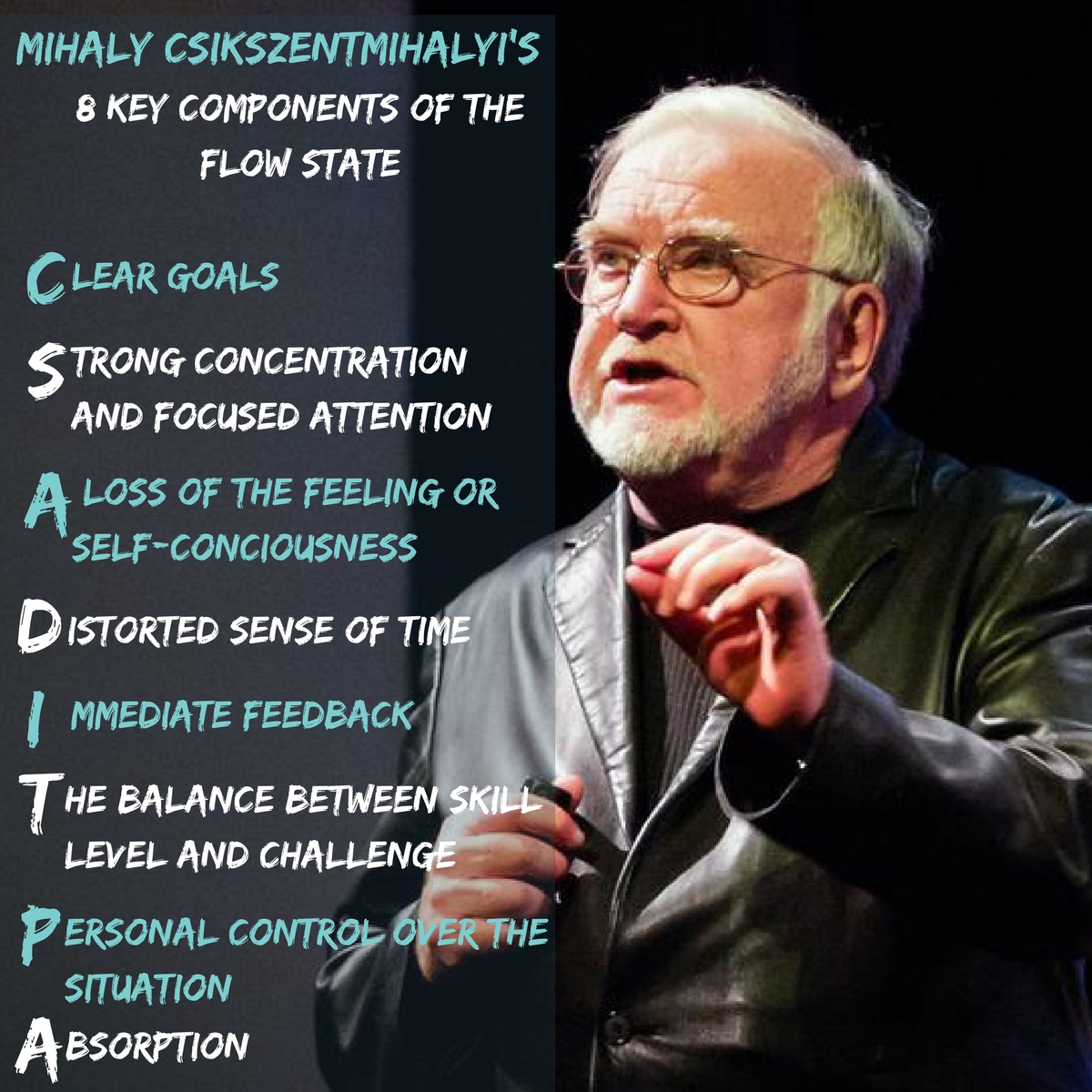
What Happens When you are in the Flow State?
According to Mihaly Csikszentmihalyi, there 8 key components of the Flow State. These are the factors that accompany the experience of flow. These 8 may or may not be experienced simultaneously while triggering the Flow State. Note: Infographic found on the bottom part of the article.
- Clear Goals – There is great inner clarity and you know what needs to be done
- Strong Concentration and Focused Attention – You are completely involved in what you’re doing.
- A loss of the Feeling or Self-Consciousness – A feeling of going beyond your comfort zone.
- Distorted sense of Time – You lose track of time and you’re completely focused on the present moment.
- Immediate Feedback – You get an immediate result on how well you’re doing.
- The balance between skill level and Challenge – You know that the activity is feasible, that you have the needed skills to complete the task successfully.
- Personal Control over the Situation – There’s an essential motivation and whatever produces flow becomes its own reward.
- Absorption - You lose your sense of self and all of your worries and concerns drift away.
Being in flow means having an Autotelic Personality. It means self-enjoyment activity, one that is done not with the expectation of some future benefit, but simply to experience it as the main goal. This is tackled in Mihaly Csikszentmihalyi’s book, ‘Flow: The Psychology of Optimal Experience’ and defined the term “autotelic” from the two Greek words, auto, as self, and telos, as a goal.
“From a quality-of-life perspective, psychologists have found that the people who have the most flow in their lives are the happiest people on earth.”― Steven Kotler
Csikszentmihalyi’s, data is reinforced by a new wave of scientific research pulled together by the Flow Genome Project. This Science has been debunked, the old belief that we only use 10% of our brain potential. This 10% theory, suggests that if we want to enter a performance-enhancing alternate state, we must work harder to utilize a great percentage. What actually happens is the opposite.
When we enter the flow state, we experience what is called a Transient Hypofrontality. Transient, meaning temporary, hypo is the opposite of hyper, meaning to slow down or to lessen. And frontality is the prefrontal cortex. Meaning, we deactivate to fully activate. These areas in the prefrontal cortex that are lessened, are the seats of higher cognitive processing, where we distinguish the difference between self and other, our sense of time, our internal dialogue. This is why, when we are in Flow, time seems to slow down, we merge with the consciousness, we become one with what we are doing. It’s the same brain patterns that Tibetan Monks experience during deep meditation giving them the sense of begin at “one with the universe”.
In Flow, our brain waves are at the bridge between Alpha and Theta opening the door to a transient hypofrontality Our brain and body release powerful performance-enhancing neurotransmitters and hormones that act as paint for the canvas on reinforcing Csikszentmihalyi’s finding. The following are the 6 flow state neurochemicals that are being released during the different phases of a flow state.
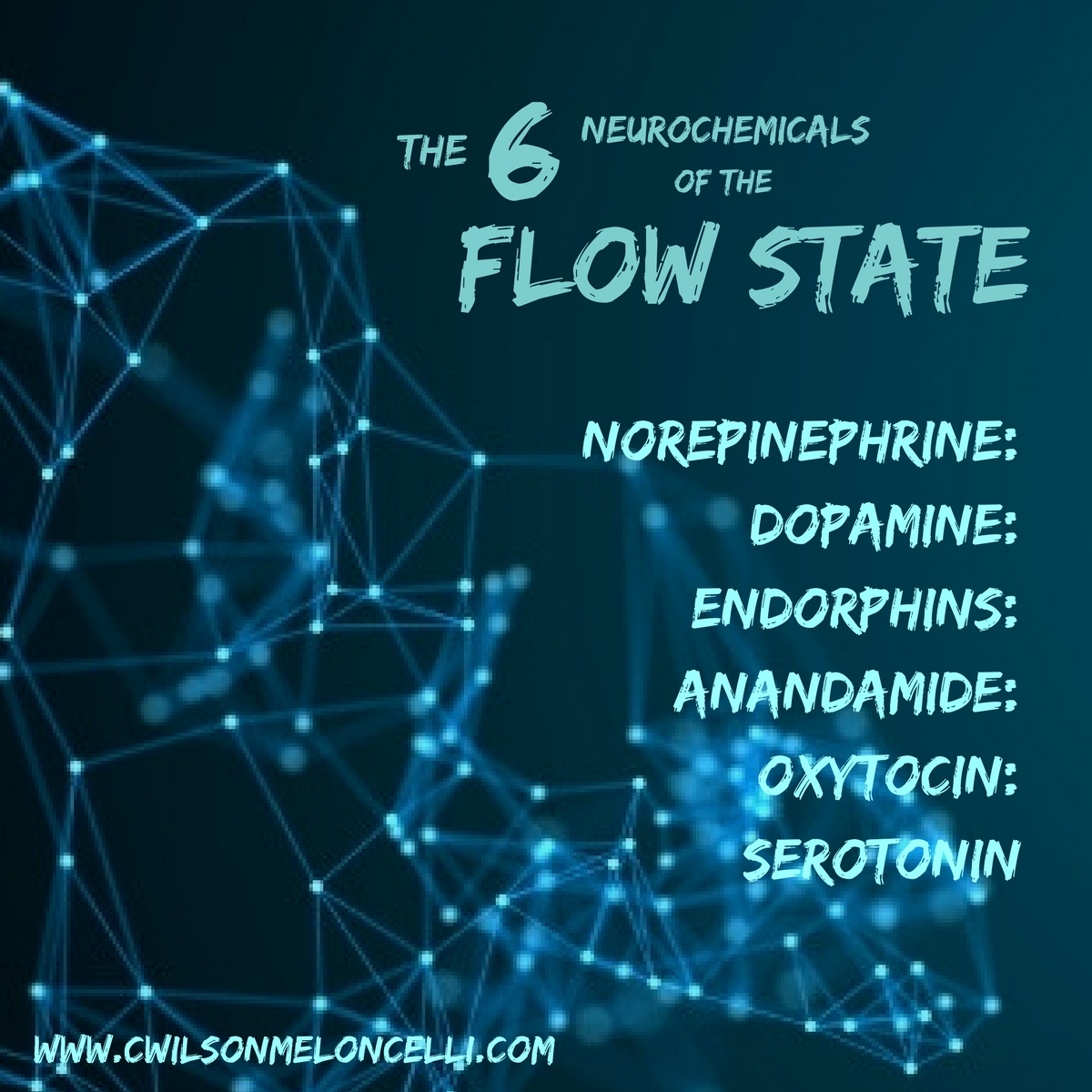
- Norepinephrine: it speeds up heart rate, improves muscle tension, triggers the release of glucose giving us more energy. When our neural efficiency is up, arousal and control of emotions.
- Dopamine: It gives us the feeling of engagement in a task, excitement, adventure and rewards us for it. Dramatically increases our attention, improves pattern recognition, muscle firing times.
- Endorphins: This Pain reliever and “euphoric” feeling neurotransmitters are pretty strong, to say the least. There are 20 different types of endorphins, one of which is called beta-endorphins. These are reported as being 100 times more powerful than medical morphine.
- Anandamide: The word is taken from the Sanskrit word Ananda, which means “bliss, delight”. This endogenous (naturally found in our bodies) cannabinoid (a psychoactive compound found in marijuana). So this won't come as a surprise; Anandamide lifts moods, dilates blood vessels, bronchial tubes (adding in breathing) Inhibits our ability to feel fear, and improves our lateral thinking.
- Oxytocin: the “love hormone” derived from the Greek word “quick birth”. Functions originally and associated solely with maternal behaviors or between sexual partners. However, recent findings point to a broader scope in human social, bonding, trust, and emotional behaviors.
- Serotonin: The vast majority of the body's serotonin is found in the gastrointestinal tract. Serotonin affects mood, social behavior, appetite, digestion, sleep, memory, and sexual desire. Studies have found that when “When serotonin has arrived, the state has already happened. It’s a signal thing are coming to an end, not the beginning” says, performance psychologist Michael Gervis. And as Steven Kotler writes in Rise of the Superman Book “in flow, serotonin is partly responsible for the afterglow effect”
The sequence of events that happen during the flow state begins with the release of norepinephrine and dopamine. Raising the heart rate, tighten the focus, improving our pattern recognition. Our brain waves move from beta towards alpha giving us the ability to link ideas without internal obstructions and filters blocking our flow. Our pre-frontal cortex at this point begins to shut down giving us the sense of time distorting, effortlessness, and the self-dissolving into the task. We are in transient hypofrontality, where our inner critic has also shut up, opening us to our full potential. Our brain then releases endorphins and anandamide giving us the ability to dissolve away distress and pain. Simultaneously, anandamide boosts our lateral thinking, allowing us to solve problems in an indirect and creative way. As we flow deeper in, theta enhancing relaxation and our intuition. Concluding the experience we have are oxytocin and serotonin giving us the “afterglow” feeling of trust, peace, sociability, and well-being as we begin to digest the experience we have just been experienced.
How to Trigger or Hack the Flow State
- Find a Challenge – Choose something that you enjoy doing. It can be sports like surfing, skiing, basketball or martial arts. It can also be writing or working on your desk.
- Striving for something that challenges your existing skills can lead to Flow State – Remember that if something is too easy you’ll be bored – and your mind is to be expected to wander so you won’t trigger the Flow State, and if something is too hard you’ll be overwhelmed and you start worrying – you won’t also be able to achieve that subconscious competence that is necessary for the Flow State. You must strive to enter the balance between tension and relaxation in order to hack the flow state.
- Have clear goals – You should be very clear on what you want to achieve and how you’ll know whether you’re succeeding. Examples are winning an athletic contest, playing a particular piece of music, or finishing a work project. You must have a specific goal in mind but you should engage in these actions for your own sake as well.
- Avoid Interruptions – Focus completely on the task at hand. Eradicate all other distractions. You shouldn’t want anything to take your attention away from the activity that you’re performing. If your concentration is lacking, you’re not going to enter the Flow State.
- It is essential to focus on the process and not the end state – While having a goal is important, enjoying the journey and not just consuming the end product is also essential for the Flow State. Allow yourself to simply live in the present moment without worrying too much about the ultimate result of your efforts.
- Monitor your Emotional State – If you have all those requirements above, but you’re still having trouble entering the Flow State, monitor your emotional state. If you’re angry, anxious, worried, or if you feel that your energy level is low and you’re feeling sluggish, try doing something that will calm you down and pick up your energy levels.
- Perform the Flow State Training Program – Learn to hack the Flow State with specific physical and mental meditations. Remember that your body and mind is your instrument for expressing your skill, sport or profession so you must effectively work on both aspects to keep your instrument in perfect tune. To learn more about this program, watch this 30-min documentation.
If you want to know the complete list of the triggers needed to hack the Flow State, read my previous article on the work carried out by the flow genome project on the 17 Flow Triggers.
You can bring the Flow State into more activities during your day. This is the way to promote true happiness and peace in your daily life. It is a great way to come to the realization that there are no usual moments. Every moment of life is a sacred gift and through the art of mindful living, through living in the Flow State, we can treasure every moment to its fullest.
The Key to Living Flow
The simple but highly effective way to live in flow is to develop a consistent familiarity with the sense/feeling of the flow state. You would have tasted the flow state in your life at some point. keeping in mind that, in order to enter the flow state, you don’t need to experience an extreme or dangerous situation. It can be as simple as making a cup of tea. This personal experience forms a reference for you to work. An inner guide.
You can then find your consistency in flow by purposely triggering the flow state in your day-to-day living, tuning into the sense or the feeling of flow. If you’re having a hard time triggering the flow state, I’ve got a FREE Flow State Course package you can take away today that will help you Hack the Flow State conveniently.
Thanks for reading! And keep the Flow State going.
“Unless you try to do something beyond what you have already mastered, you will never grow.” - Ralph Waldo Emerson
SIGN UP FOR OUR FREE COURSES HERE
Plus bonus extra courses, tips & content sent to you regularly for free.
REFERENCES:
Cherry, K. (n.d.). 5 Things You Can Do to Achieve Flow. Retrieved February 26, 2017, from https://www.verywell.com/ways-to-achieve-flow-2794769
How to Enter The 'Flow State' Any Time: 4 Simple Steps. (2013, December 12). Retrieved February 26, 2017, from https://mrsmindfulness.com/how-you-can-enter-mindfulness-in-4-simple-steps/
(2016, October 20). How To Enter the Flow State. Retrieved February 26, 2017, from https://daringtolivefully.com/how-to-enter-the-flow-state
Keeler, J. R., Roth, E. A., Neuser, B. L., Spitsbergen, J. M., Waters, D. J., & Vianney, J. P. (2015, September 07). The neurochemistry and social flow of singing: bonding and oxytocin. Retrieved March 02, 2017, from http://journal.frontiersin.org/article/10.3389/fnhum.2015.00518/full
Owens, A., & Fazel, F. (2020, June 4). Serotonin: Affecting Consciousness, Attention, Cognition, and Emotion. Retrieved from https://www.psycom.net/serotonin
You may also want to purchase Steven Kotler’s Book: The Rise of the Superman. Here’s the link http://amzn.to/2mD5RuZ
Plus you should check out Steven Kotler & Jamie Wheal. Stealing Fire.

